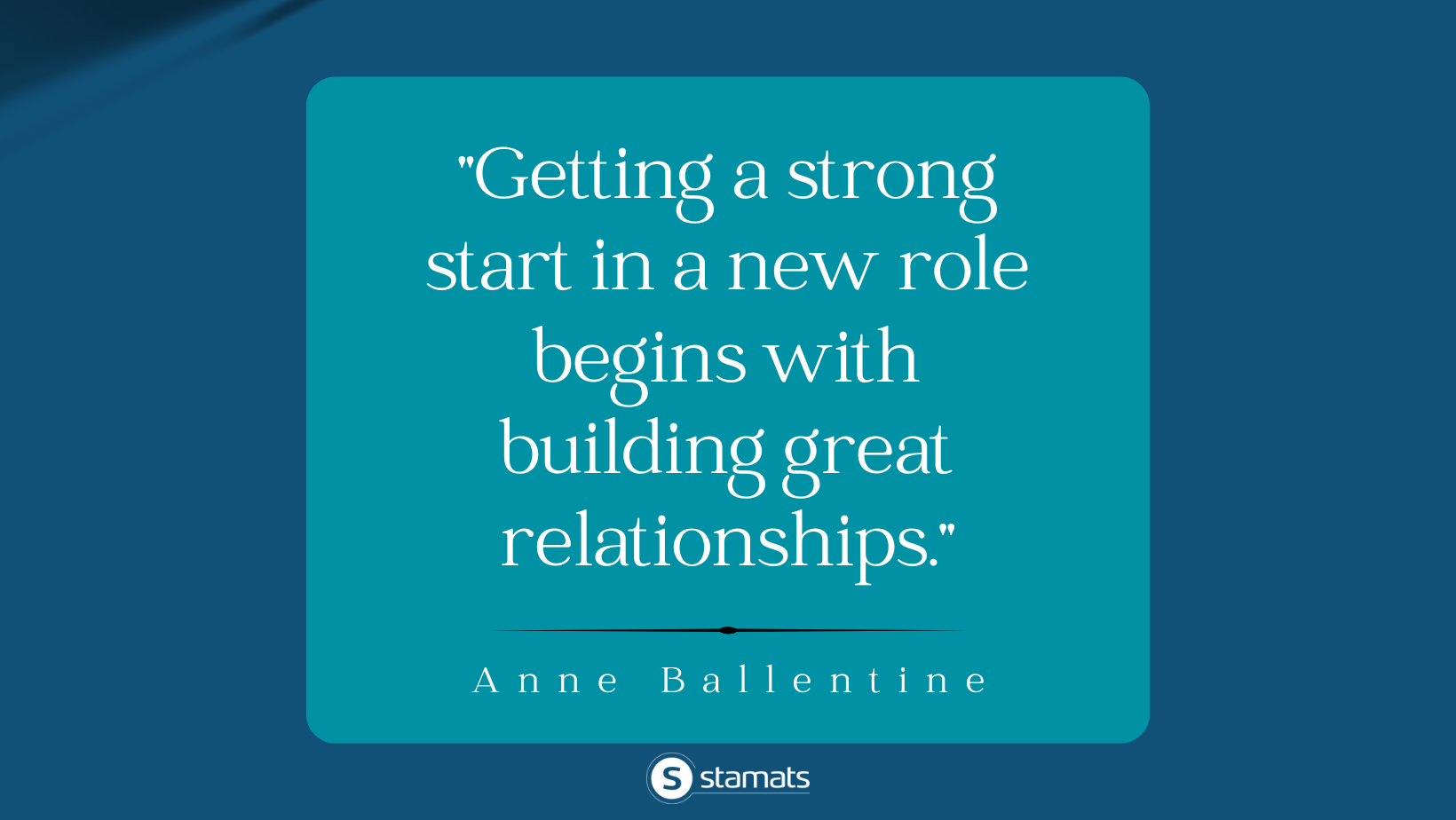Category: Research
-

5 Ways to Win in Your First 6 Months as a New Healthcare Marketing VP
-

Why Research, Why Now, & Three Studies You Should Undertake Immediately
-

How to Know When a Program Has Run Its Course: Using Academic Program Assessments
-

Doctoral Programs—On The Rise
-

What Certificates Should We Offer
-

Opportunities and Challenges Facing Business Schools
-

Which Programs Should I Develop for Online?
-

10 Tough Research Questions You’ve Likely Never Asked, But Should
-

Research on a Budget